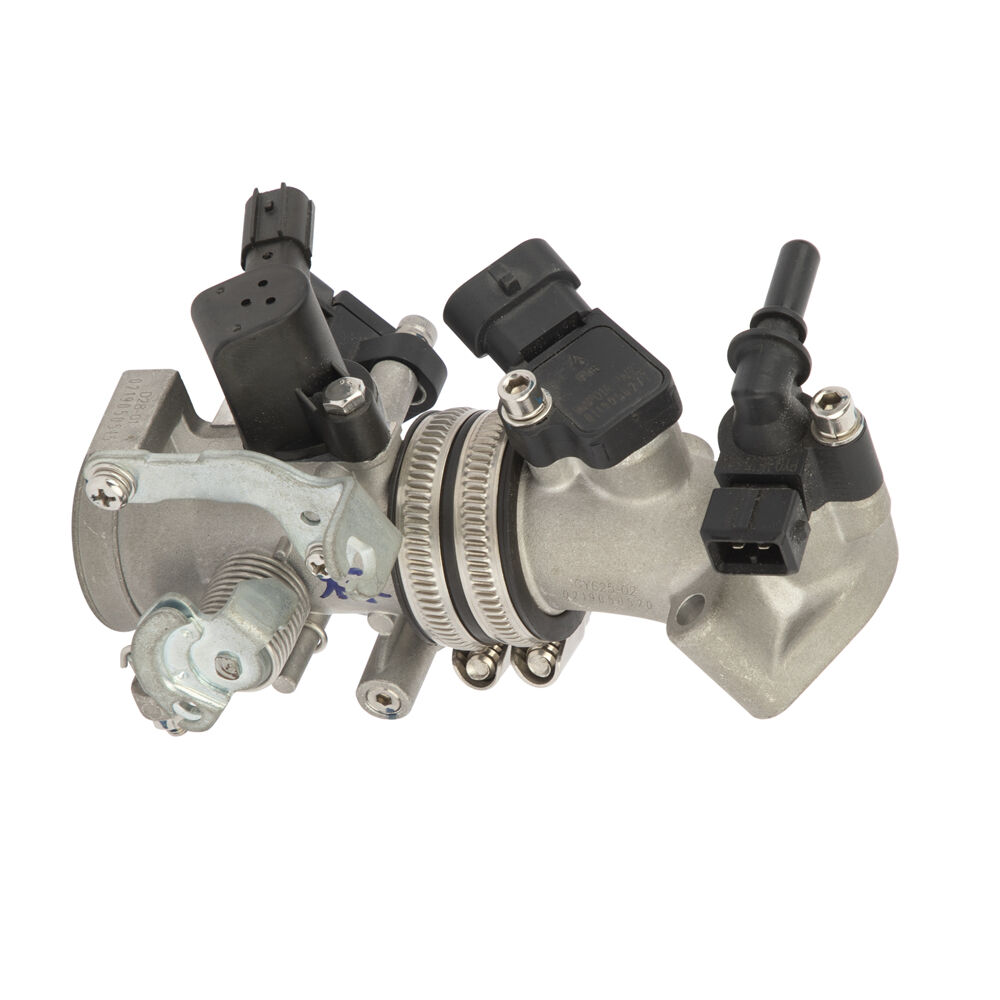Advanced Pressure Monitoring Technology
The boost map sensor employs cutting-edge pressure monitoring technology that sets new standards in precision and reliability. At its core, the sensor utilizes advanced MEMS (Micro-Electro-Mechanical Systems) technology, which enables exceptional accuracy in pressure measurements while maintaining a compact form factor. The sensor element is specifically designed to withstand rapid pressure fluctuations and extreme operating conditions, ensuring consistent performance throughout its service life. This advanced technology incorporates built-in temperature compensation algorithms that automatically adjust readings based on ambient conditions, maintaining accuracy across a wide temperature range. The sensor's digital signal processing capabilities filter out noise and interference, providing clean, reliable data to the engine management system. This level of technological sophistication ensures that engine performance remains optimal under all operating conditions, from idle to full boost.


